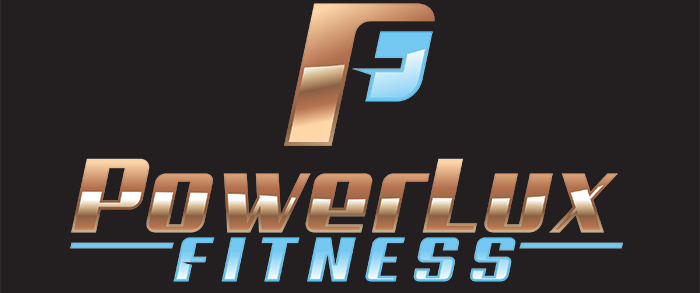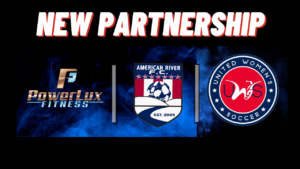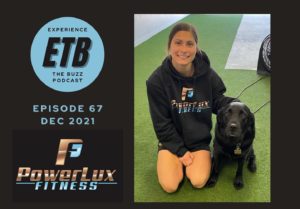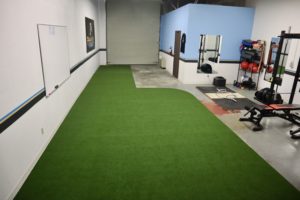
For the video version, click here or on the image above for the full YouTube video!
Hello hello! Okay so as you can see by the title of this article, today we’re talking about the Lateral Lunge. Before we get started, I just wanted to address a common misconception/stereotype about the lateral lunge – it’s NOT just for women (or men) who are trying to slim up their inner thighs. So if you’re not performing this exercise because you have that stigma stuck inside your brain, then you need to fill that space between your ears. Sorry that was a little harsh, but I’m serious. As you’ll soon see, the lateral lunge is one of the most important exercises we can do for athletes, health wise, performance wise, strength wise, mobility wise, etc. The whole reason behind strength training for athletes is to provide a stimulus similar to what the body will undergo during competition, creating adaptations that better prepare the athlete for the sports setting. And as of right now, I am convinced that the lateral lunge is one of the most transferable exercises to sports and must be on the list of strength training movements for all athletes.
Let’s see… what do I want to start with. Okay, let’s start with why the lateral lunge is phenomenal for ankle mobility, and why ankle mobility is important. So ankle mobility is crucial for athletes from a protective standpoint, but almost more importantly, performance standpoint. When we accelerate and change direction, it’s all about decreasing the angle between your tibia and your foot. We want to have great dorsiflexion range of motion so we can have our toes to the top of our shoe for multiple reasons. The first is that by being in a dorsiflexed state, we shorten the lever of our leg from our knee to our toe, making us waaaayyyy more efficient, and thus faster by shortening the swing phase when we accelerate. If you look at some of the best athletes to ever play sports, they have an amazing ability to get their toe to their tibia, decreasing the lever arm and cutting through the air sharply. Just go to google right now and look up Walter Payton. You’ll see what I’m talking about with that toe to tibia. The second reason we need dorsiflexion range of motion is because it puts a prestretch on our posterior chain. This means that it “loads the springs” of our backside, allowing us to produce greater force due to the stretch reflex. As we know from my previous articles, stretch reflex = gooooood!
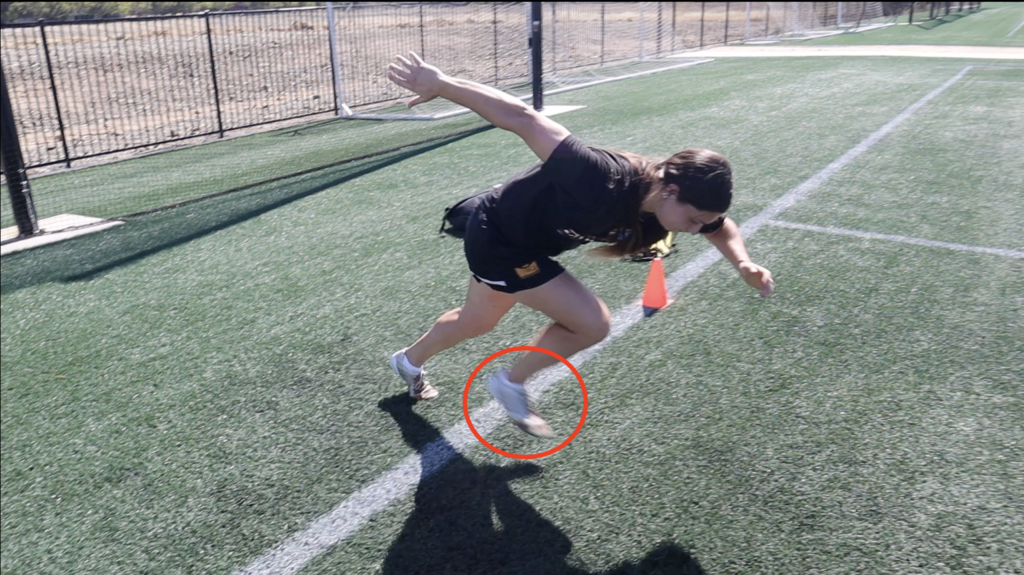
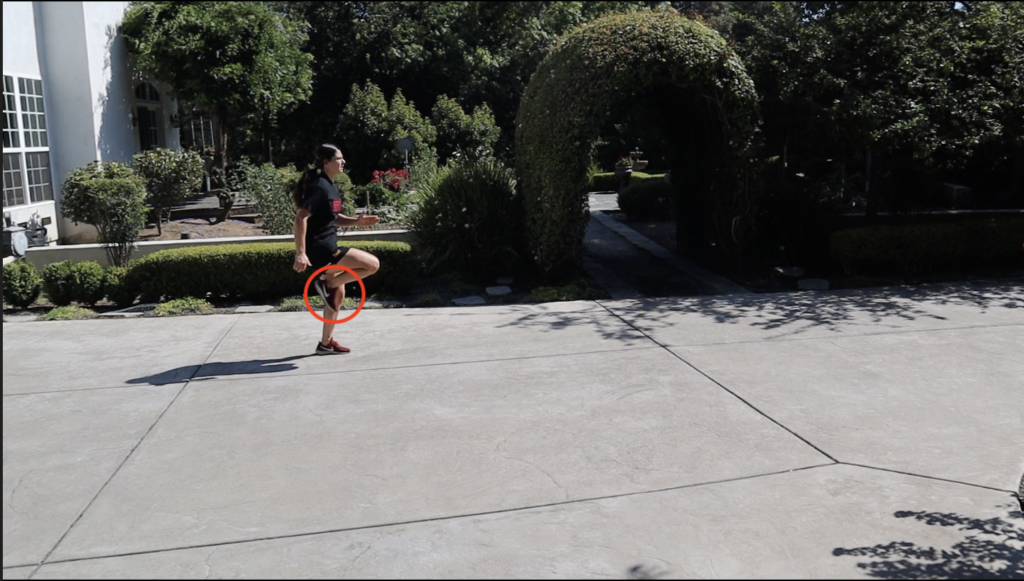
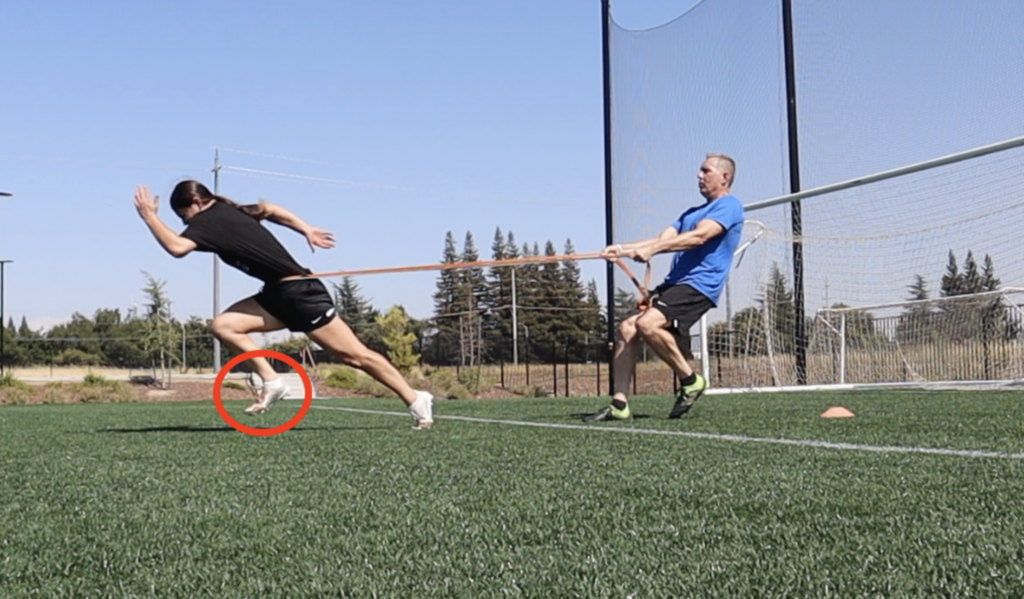
So now that we got down the increased ankle mobility, we can build on top of that. Many times, as we do exercises to work on ankle mobility, they also help us strengthen our ankles which is super critical to knee injury prevention. There have been many studies proving the correlation between weak ankles and knee injuries, most often ACL and meniscus injuries. This stems from the fact that if you have weak ankles, they cannot withstand the force needed in athletics, and thus, your knees will pay the price trying to make up for your ankles. You’ll even see that people with weak ankles tend to pronate their feet, causing a knee valgus which is one of the worst attributes an athlete can have. A knee valgus is just an injury waiting to happen, so strengthen those ankles (and really strengthen the glutes) to fix that valgus to prevent movement impairments.
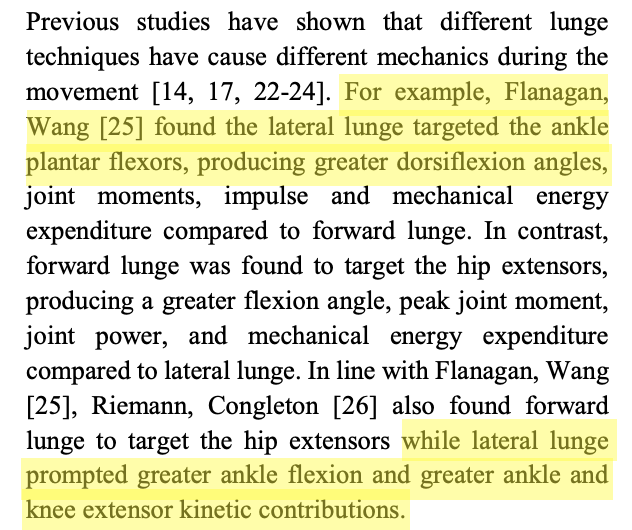


Another important aspect is that the lateral lunge increases tendon and ligament strength in your knees and ankles. It’s pretty obvious that having strong tendons and ligaments is a great thing. Yes because it’ll help prevent injury, but also because those two structures play a crucial role in force development. The stronger our tendons, the more force they can withstand and absorb, transfer to and from the ground, and the more force they can generate to propel you in the desired direction. So if you want to accelerate, sprint, and change direction faster, then you gotta start incorporating the lateral lunge.
As we know, strength training in general works to increase tendon and ligament strength, ankle mobility, joint health, yada yada, but where a lot of people go wrong is they don’t make their exercises sport specific. Strength is a very specific thing. Our bodies get stronger in the exact manner by which we train them. Flashback to a couple articles ago, I stated the importance of working in the joint angle that you will be required to produce power in during your sport because we build strength where we train it. That being said, if we want to build strength and speed to change direction as fast and efficiently as possible, we need to train our body under similar conditions that it’ll be in when changing direction. For the sake of this article, when I say change direction, I mean laterally (side to side), not linearly (forward to back). While the lateral lunge will help with all multidirectional movements, there is a greater correlation between the lateral lunge and improvements in lateral change of direction speed and efficiency.
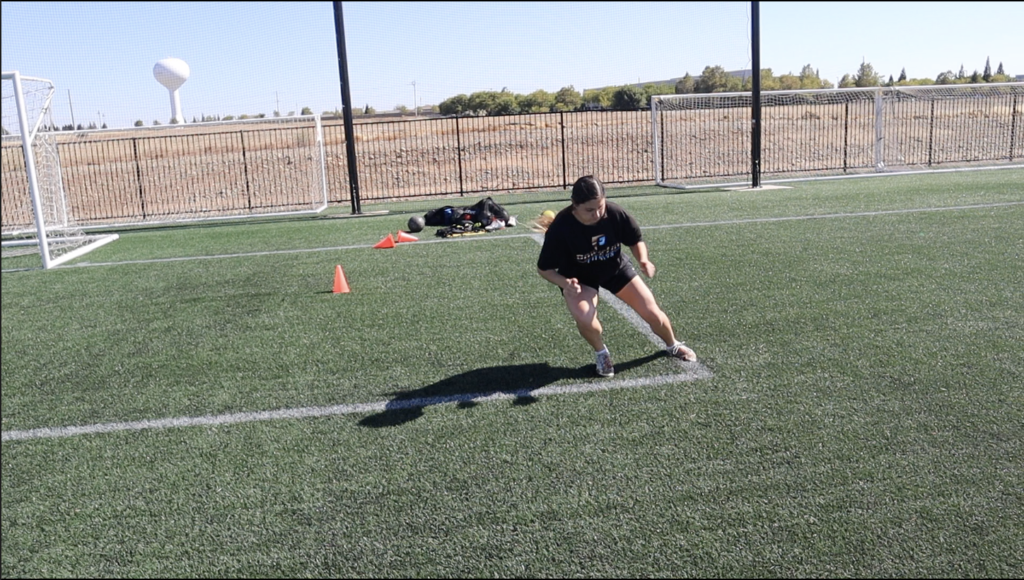
When we change directions (yes, still talking laterally), the correct mechanics is to load up the inside leg to push off of and generate about 60-70% of the force, while the outside leg is there for stability and to produce the other 30-40% force. So essentially what we’re doing is driving off of 1 leg to push ourselves into the other direction…. Just like a lateral lunge. If we train squats to improve our jumping ability since they work the same plane, angles, joints, musculature, force production, etc., then shouldn’t we be training lateral lunges to change direction at a much higher rate?? I think yes. Very few exercises do such a great job at improving lower body strength in the frontal plane, and very few coaches have their athletes do any of these exercises at all. That just flabbergasts me since so much of athletics takes place in the frontal plane, especially if you’re a soccer player, basketball player, football player… really any athlete in a sport involving side to side movement of any kind.
There’s another major reason why I think all athletes need to be doing the lateral lunge, and that’s because it increases big toe flexor strength. You read that correctly…. Big toe strength. If you’re shocked, confused, or think that’s funny, then you clearly haven’t read my article on the importance of foot strength. And for that, I say shame on you. Go read it now… click here.
The thing that’s so cool with sports and athletic movements is that it is for real a full body effort. Literally you’re working from your head to your toes, so if we don’t have strong feet/toes, then all of the power we’ve developed through the rest of our body is pointless because it’ll all just dissipate through our feet. Don’t believe me? Then take a looky at the video below. Notice my foot and how I’m pushing off with my toes during the broad jump!! If I had weak toes, then I would not be able to jump as far, plain and simple. If we need to have strong muscles around our hips and knees to produce force and power, then we obviously need to have strong feet and ankles too to absorb the force and generate more force. Having weak feet and ankles would be like putting shit tires and rims on a Koenigsegg Jesko…. What’s the point of having the fastest car in the world if the tires can’t support its power? Luckily for you, all you have to do is start incorporating the lateral lunge into your workout, as there is a positive correlation between this exercise and toe strength. Just as I stated a couple paragraphs ago, while many exercises and movements will work to strengthen your feet and toes, we also need to train with a similar stimulus to what we’ll be encountering during the sport – toe strength built from exercises in the sagittal plane will really help you with movements in the sagittal plane (forward to back), so let’s do some exercises in the frontal plane (side to side) to build toe strength for those specific movements.

Okay, you did it, you’ve come to the end of the article. Congratulations! But we’re not done yet hehe tricked ya. We have 1 more awesome thing about this exercise, and it has to do with the muscles it targets. We know it hits all the lower body muscles – quads, hammies, calves – all those bad boys. But it really really reeeaaaaalllllyyyyyy targets 3 areas that make Madison super happy. BTW, in case you didn’t know, I’m Madison. So these makes me super happy. Anyways. The first area the lateral lunge hits is ALL THREE glute muscles. As I’ve said 100 times before, “your butt is your source of power.” If you don’t have a strong butt, then you are severely limiting your potential power producing capabilities!!!!!!! SAY IT LOUDER FOR THE PEOPLE IN THE BACK!!!!!!!!!!!! So yeah, it’s fab for building strong glutes. The second and third areas the lateral lunge targets I’m grouping together. These areas are the adductors and the vastus medialis. Throwback to the start of the article when I said women (and some men) do lateral lunges to fix their inner thighs. Well, they have the right idea going. While they do it for slimmer inner thighs, us athletes do it for stronger inner thighs. The lateral lunge has proven via EMG to be one of the most effective lifts at targeting your adductors and vastus medialis (the quad muscle towards the inside of your knee). The important thing about this is that those 2 muscles, adductors and the VMO, contribute significantly to acceleration capabilities. As you can see in the picture I took from a study I read, there is a correlation (yes another correlation) between strong adductors and VMO and increased sprint ability (faster sprint times) during the initial 0-20m push, which is arguably the most important part of a sprint especially for athletes when you have to accelerate super quickly to get a step ahead of your opponent. *Inhale* cuz that was a long ass sentence* So the lateral lunge is seriously no joke. And the awesome things about it are that you can load it up pretty heavy (if you can keep proper form), it can be considered a unilateral exercise (you know how I love unilateral exercises), and you can progress it to make it into an explosive movement.
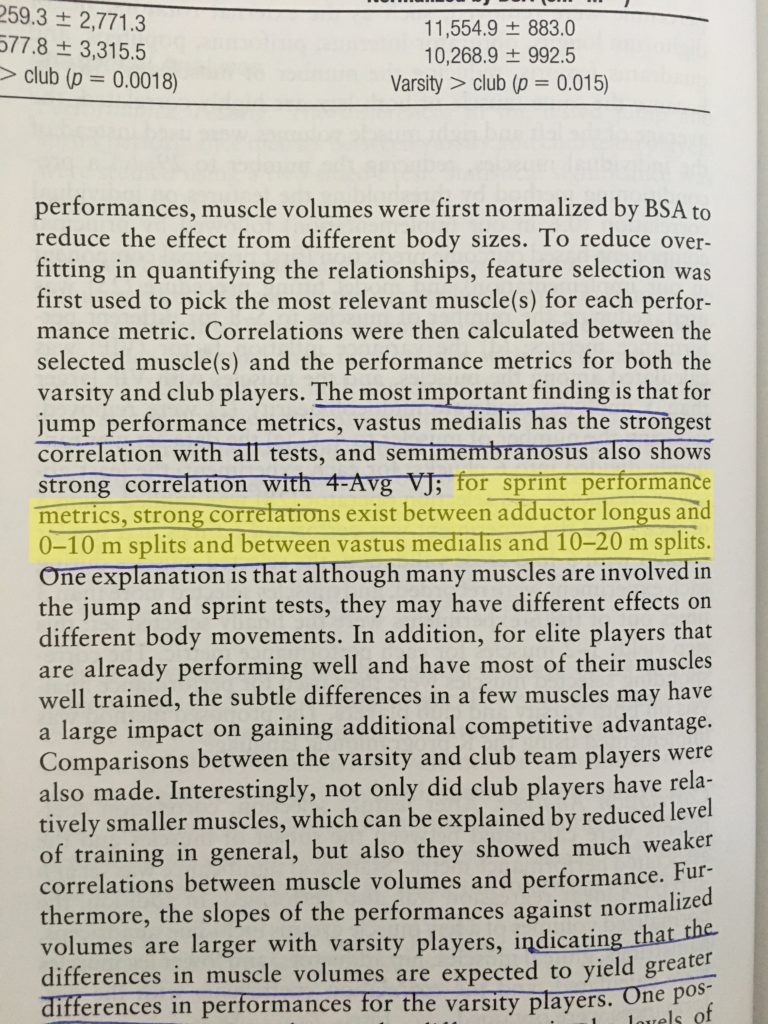
Alrighty guys well that pretty much wraps this one up! Hopefully it was helpful in showing you the benefit of doing the lateral lunge for sports! Make sure you’re checking out our instagram, @powerlux_fitness, and our YouTube Channel for more athletic workouts and ways to train like an athlete for the everyday person! If you’re interested in working with PowerLux Fitness, if you want programming, training, or a consultant, don’t hesitate to reach out! We have top of the line trainers with experience training professional athletes ready to help you!
Until next time, stay rad ??
